Table of Contents
What Is Garam Masala?
Garam masala is a traditional Indian spice blend made from ground spices like cinnamon, cardamom, cloves, cumin, and coriander. Its name translates to 'hot spice' in Hindi, but it refers to warming properties in Ayurvedic medicine, not chili heat. This aromatic blend adds depth and complexity to dishes, from curries to rice preparations, and is essential for authentic Indian flavors.
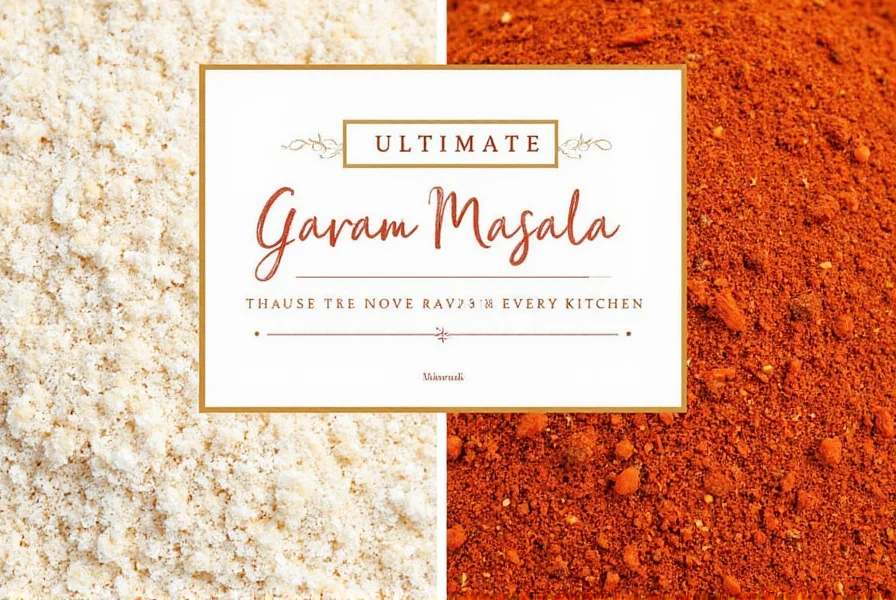
Common Ingredients in Garam Masala
Each ingredient contributes unique flavors to the blend:
- Cinnamon: Adds sweet warmth and depth.
- Cardamom (green or black): Provides floral, citrusy notes.
- Cloves: Imparts strong, pungent sweetness.
- Cumin: Offers earthy, nutty undertones.
- Coriander: Contributes citrusy, slightly sweet flavor.
- Nutmeg: Adds subtle warmth and complexity.
- Black Pepper: Delivers mild heat and sharpness.
- Ginger: Brings zesty, spicy freshness.
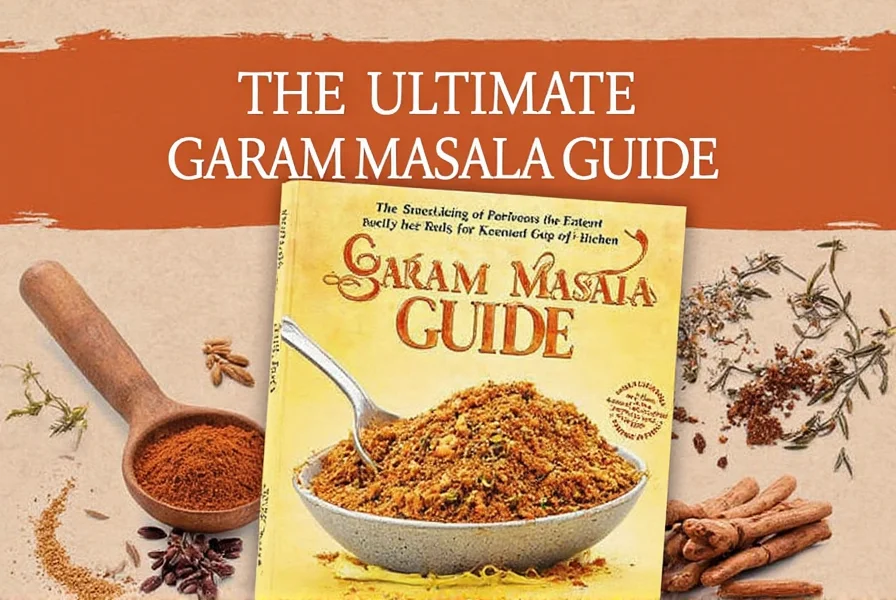
How to Use Garam Masala in Cooking
For maximum flavor, add garam masala near the end of cooking to preserve its delicate aromatics. Here are specific applications:
- Curries: Stir in 1/2 to 1 teaspoon per serving during the last 5 minutes of cooking. Example: For chicken tikka masala, add after simmering tomatoes and cream.
- Rice Dishes: Sprinkle 1/4 teaspoon over basmati rice before steaming for biryani or pilaf.
- Stews and Soups: Add 1/2 teaspoon to lentil dal or beef stew 10 minutes before serving.
- Roasted Vegetables: Toss with 1 teaspoon per pound of vegetables and olive oil before roasting at 400°F (200°C).
- Baked Goods: Use 1/4 teaspoon in spiced cookies or banana bread for a subtle twist.
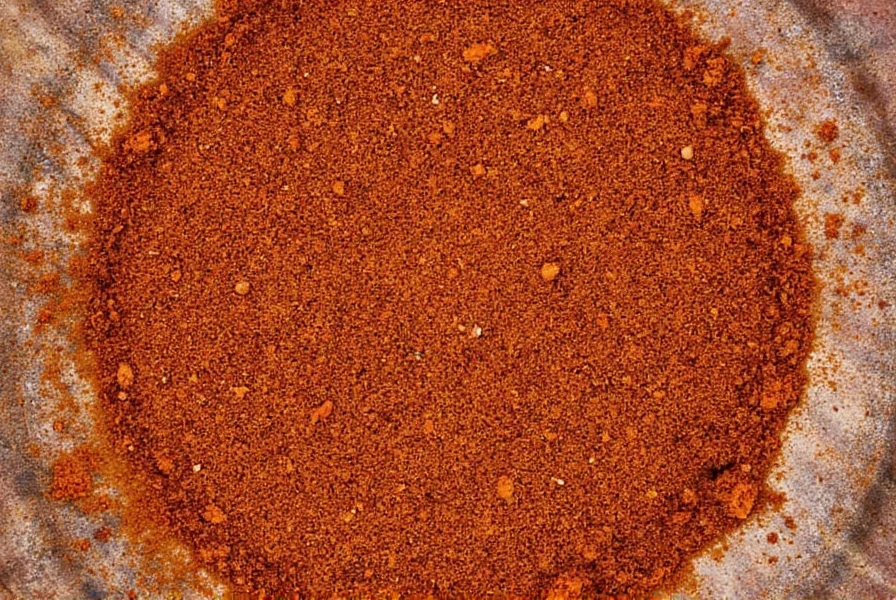
Tips for Buying the Best Garam Masala
- Check freshness: Look for packaging dates or buy from stores with high turnover. Whole spices ground fresh retain potency longer.
- Verify authenticity: Avoid blends with fillers like rice powder or excessive turmeric (which is common in curry powder but not garam masala).
- Regional preferences: North Indian versions are stronger (more cloves and cinnamon), while South Indian blends are lighter (more coriander and cardamom).
- Storage: Buy small quantities and store in airtight containers away from light. Replace every 3-4 months for peak flavor.
| Brand | Features | Advantages | Use Cases | Target Audience | Suitable Occasions |
|---|---|---|---|---|---|
| McEvoy Ranch | Organic, hand-ground | Fresh, balanced flavor profile | Curries, roasted vegetables, baked goods | Home cooks, health-conscious users | Weekend meals, casual gatherings |
| Kalustyan's | Authentic Indian spices, small-batch | Rich, complex, and traditional taste | Traditional Indian dishes, gourmet cooking | Experienced chefs, spice enthusiasts | Special occasions, celebrations |
| Patak's | Widely available, restaurant-grade | Consistent, robust flavor | Curries, chutneys, marinades | Family kitchens, everyday cooking | Weeknight dinners, lunch |
Frequently Asked Questions About Garam Masala
What's the difference between garam masala and curry powder?
Garam masala is a warming spice blend without turmeric, added at the end of cooking for fragrance. Curry powder is a Western invention containing turmeric (for color), cumin, coriander, and fenugreek, used earlier in cooking for base flavor. They are not interchangeable.
Is garam masala actually spicy/hot?
No. The term 'hot' refers to Ayurvedic warming properties, not chili heat. It creates a comforting warmth in dishes but lacks the burn of peppers. Some blends may include black pepper for mild heat, but it's not spicy like chili powder.
How should I store garam masala to keep it fresh?
Store in an airtight container away from light, heat, and moisture. A cool, dark cupboard is ideal. For best flavor, use within 3 months. Freezing extends freshness up to 1 year but may slightly reduce aroma.
When is the best time to add garam masala to dishes?
Always add toward the end of cooking—typically in the last 5-10 minutes. Heat destroys its volatile aromatic compounds, so adding early results in flat flavor. For soups or stews, stir in just before serving.
Can I substitute garam masala if I don't have it?
For quick substitution, mix equal parts cumin, coriander, and cardamom with half parts cinnamon and cloves. However, this lacks the complexity of authentic garam masala. For best results, make your own blend using whole spices.
What's the difference between homemade and store-bought garam masala?
Homemade uses freshly ground whole spices, offering superior aroma and flavor control. Store-bought versions often contain preservatives, fillers, or stale spices. Homemade allows customization for regional preferences (e.g., North vs. South Indian styles).
How much garam masala should I use in a recipe?
Start with 1/4 to 1/2 teaspoon per serving. For a standard 4-person curry, use 1-1.5 teaspoons total. Remember: it's potent, so add gradually. Overuse can overpower dishes with bitterness.
Conclusion
Garam masala is a cornerstone of Indian cuisine, transforming simple ingredients into complex, aromatic dishes. By understanding its ingredients, proper usage, and storage, you can elevate your cooking with authentic flavors. Whether you choose store-bought or make your own, this versatile blend is indispensable for any kitchen.
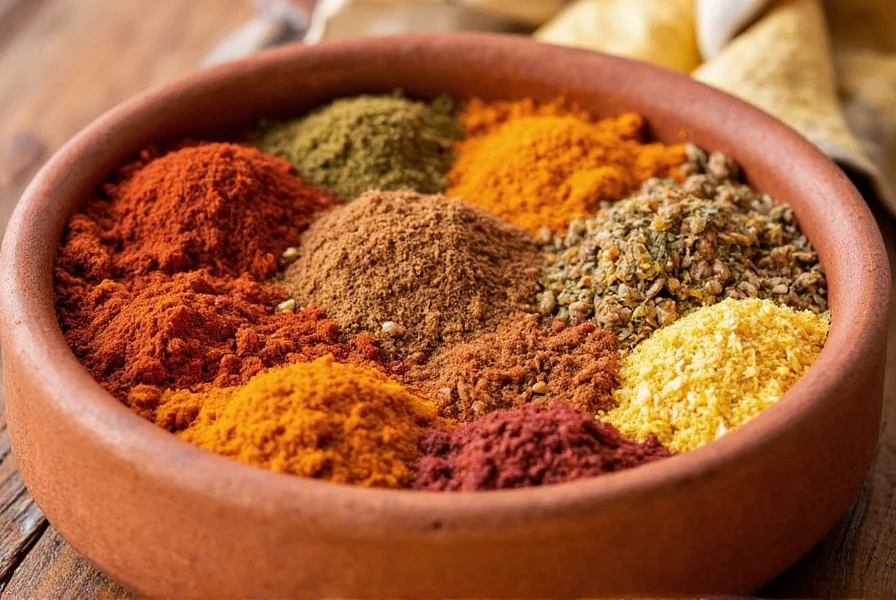

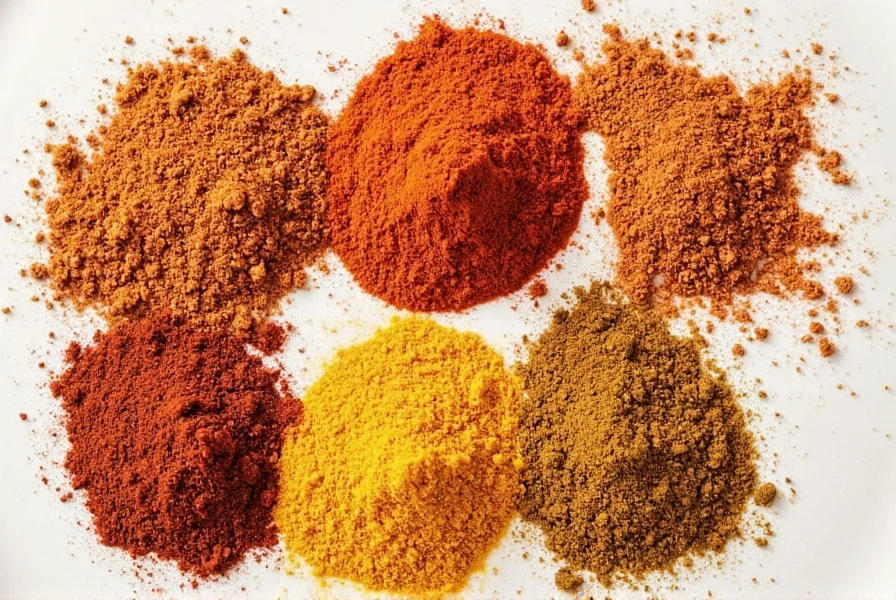









 浙公网安备
33010002000092号
浙公网安备
33010002000092号 浙B2-20120091-4
浙B2-20120091-4